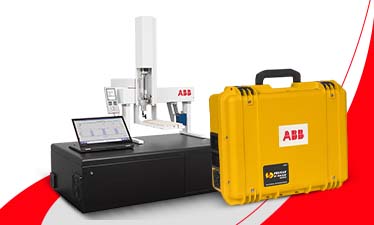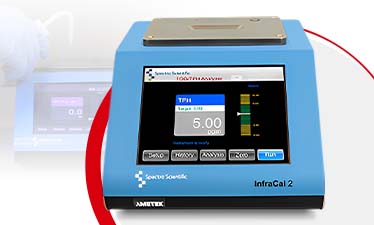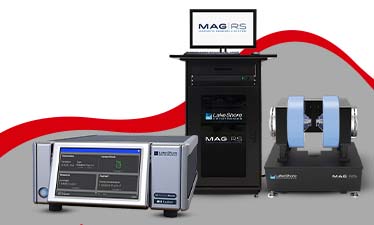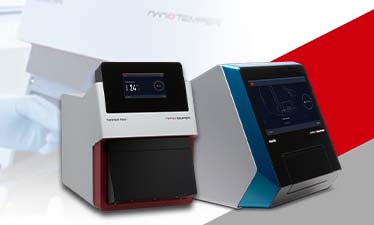The Role of Sedimentation in Water Treatment
In today’s world, industries have a high demand for water treatment plants. Now, we all know that environment and water treatment have not always been a public utility priority but as more and more people are getting environmentally aware, they are focusing on investing in the best water treatment solutions.
Today, we are here to talk about the role of the sedimentation process and this process-based solution that is commonly used in water treatment. It is a procedure that aids in removing the solids that float and settle in the water.
Although subsequent treatment processes are used in the water treatment, sedimentation is one of the preliminary treatment steps that is followed. Continue to read till the end to understand the importance of sedimentation in varied water treatment plants.
Sedimentation in Water Treatment
In the majority of municipality water treatment plants, sedimentation is used for treating the water. It is a type of physical water treatment process where gravity is utilised for eliminating the suspended or settled solids in water.
The effectiveness of this process is influenced by the weight and size of the particles present in water. Suspended solids with particular gravity similar to water stay floated while heavier particles get settled.
The sedimentation process is generally done in tanks of different shapes and sizes.
Perks of Using Sedimentation in Wastewater Treatment
Sedimentation of water is the most basic processes involved for purification of water which makes the process popular and easily understood around the world. It is generally used as the preliminary steps in some of the water treatment procedures. For municipal wastewater treatment, this particular process offers the following benefits –
· Requirement for fewer chemicals in subsequent steps of water treatment.
· It makes the consecutive steps of water treatment easier.
· Reduced variation in the water quality which goes through the process.
· It is lower in cost compared to other methods used.
What Does a Sedimentation Tank Do for Water Treatment?
The use of a sedimentation tank in especially wastewater treatment is to remove particles from the water. The accumulated sludge or solids are collected at the bottom of the tank and are periodically eliminated.
The addition of coagulants are typically done in the water before the sedimentation process is started for helping the settling of the particles process. After the sedimentation is completed, there are often several other treatment steps involved.
Sedimentation plays a major role in improving the overall efficiency of water treatment as it contributes in powering the subsequent steps for water treatment.
At BCL we offer a wide range of water treatment solutions including a sedimentation tank that is designed specifically to demonstrate settling efficiencies and hydraulic characteristics of a model settling basin. Here the water is extracted from the lab’s mains supply and is conveniently fed to the settling tank through a flow metre.
Some of the highlighting features of this tank is the metal framework offering a clear sedimentation tank. It also has a flow sparge device in the tank for keeping the slurry suspended. The product also comes along with an operational manual that includes teaching exercises. Visit BCL website to check out this product now.








